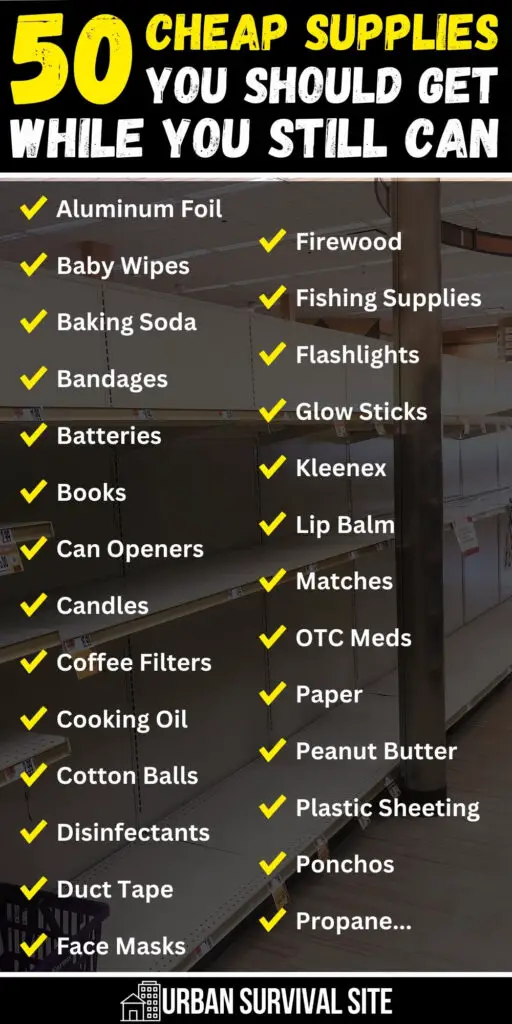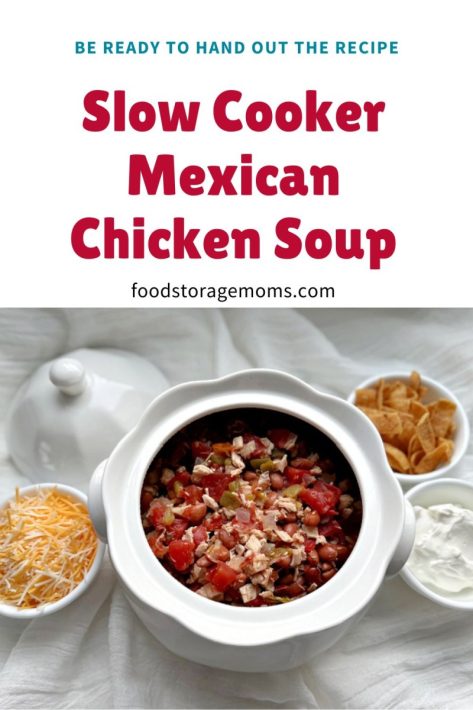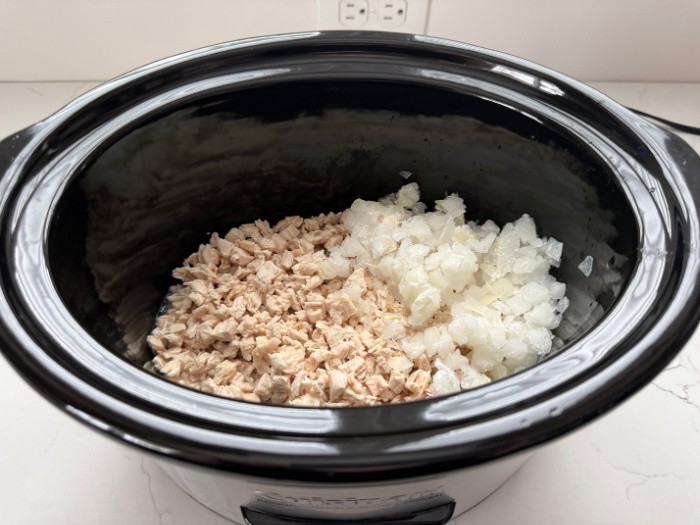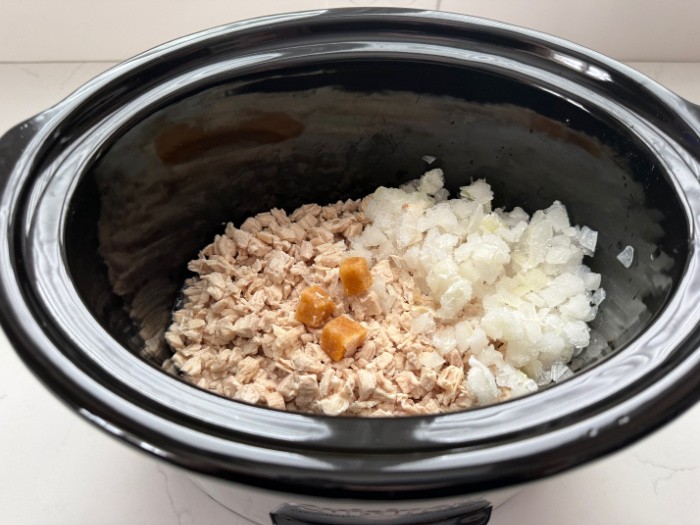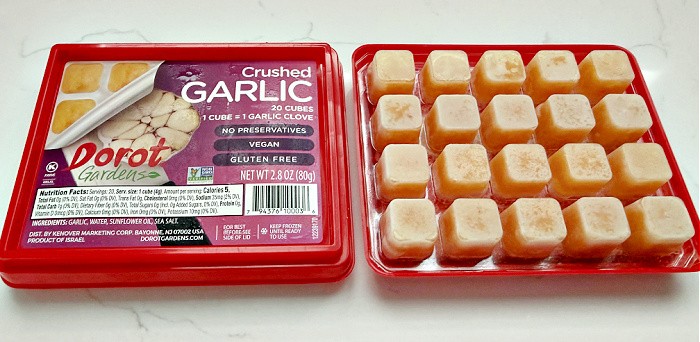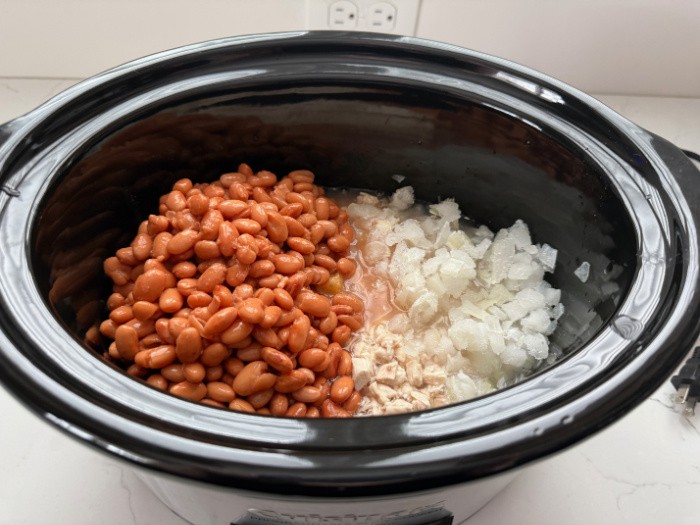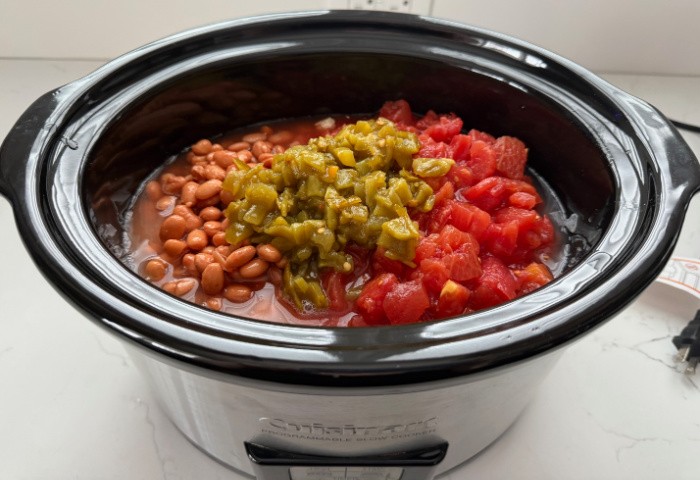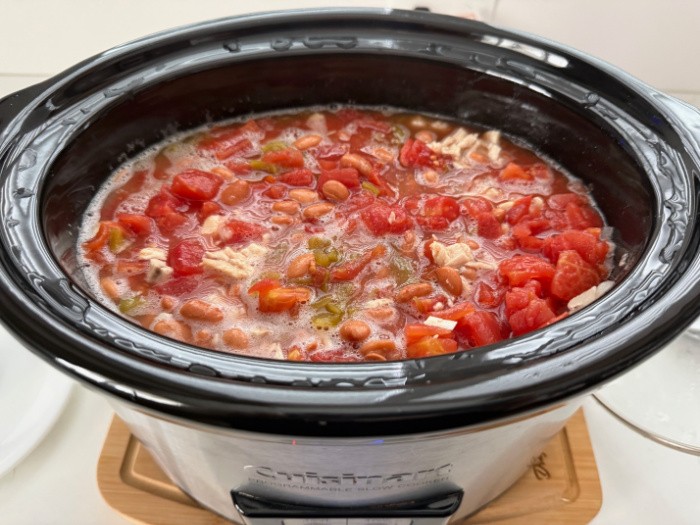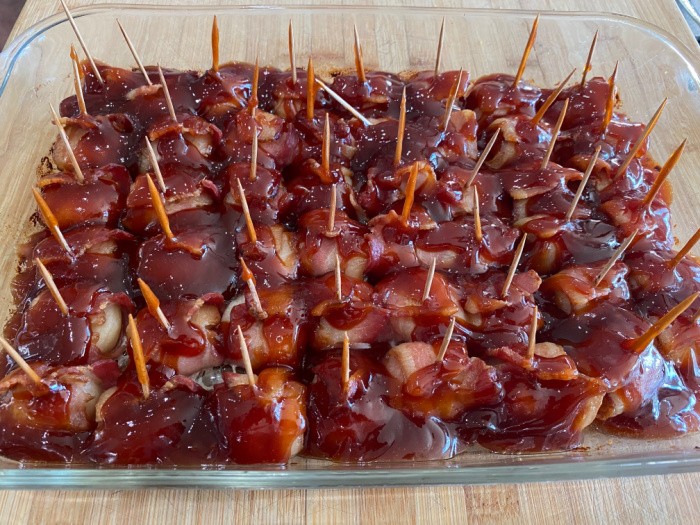
Today, I wanted to share one of my favorite appetizers! I would love for all of my readers to try these bacon-wrapped water chestnuts. They’re the perfect appetizer for any gathering, whether it’s a Thanksgiving feast, Christmas dinner, New Year’s Eve party, or a family reunion.
We always have a variety of appetizers on the table or counter to snack on while preparing the turkey or other main dish and serving all sides at dinner. It’s so fun to see what each person chooses. The appetizers tend to disappear rather quickly!
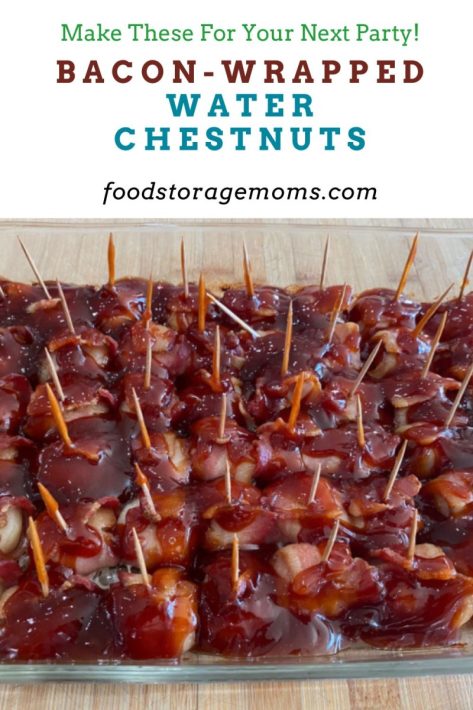
What I love about this appetizer is that, like any other appetizer, it gathers the family together in the kitchen, chatting and reminiscing as we each devour our own.
Each bite-sized bacon-wrapped water chestnut is smothered in the most savory sauce! The brown sugar caramelizes with the bacon, ketchup, and soy sauce as the appetizer cooks. The flavor is out of this world! I can’t wait to share the recipe with you. Let’s get to it!
Items You May Need In The Kitchen
- Mixing Bowl
- Baking Dish
- Measuring Spoons
- Measuring Cups
- A Good Knife
- Silicone Cutting Boards (these are my favorite)
Ingredients: Bacon-Wrapped Water Chestnuts
- Whole Water Chestnuts offer a crisp, crunchy texture and a sweet, mild yet nutty flavor in this delicious appetizer! They’re a corm, a type of tuberous plant, not an actual nut. They’re grown underground in wet, marshy fields rather than on a tree. It’s important to use whole water chestnuts vs. sliced ones because they’re going to be wrapped in bacon. They add fiber, calcium, potassium, carbohydrates, and vitamin C to this appetizer.
- Bacon is salt-cured pork cut from the pig’s belly or back. It adds a little smoky flavor to any dish. Center-cut bacon or thick-cut bacon is best! Bacon also adds protein to this appetizer.
- Ketchup is a tangy and sweet condiment made by mixing tomato paste with sugar, vinegar, water, seasonings, and salt.
- Brown Sugar is a mixture of granulated white sugar and molasses. It’s added for flavor and to help maintain moisture. Brown sugar caramelizes as it bakes, creating a robust, rich flavor that makes these bacon-wrapped water chestnuts truly incredible!
- Soy Sauce: A savory and salty caramel-colored sauce made from soybeans, salt, wheat, and a fermenting agent such as yeast or koji mold.
- Dry Mustard Powder is made from ground mustard seeds. When combined with the wet ingredients, it releases its oils, which add a delicious, robust kick of flavor to this appetizer!
Instructions
Step One: Gather The Ingredients – Preheat the Oven – Grease 9×13 Pan
Gather all the ingredients you need to make this bacon-wrapped water chestnut appetizer. Preheat your oven to (375°F) = (190°C). Grease a 9″ by 13″ pan or rimmed baking sheet with cooking spray.
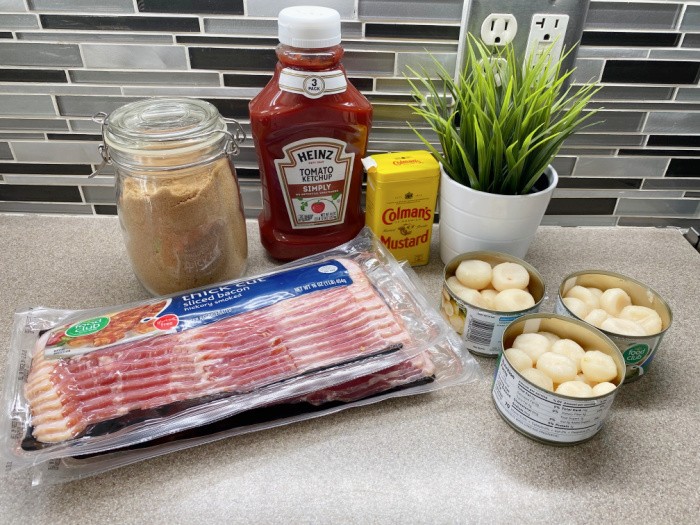
Step Two: Cut the Bacon Into Thirds
Cut the package(s) of uncooked raw bacon into thirds. This creates the perfect-sized strips of bacon to wrap the water chestnuts.
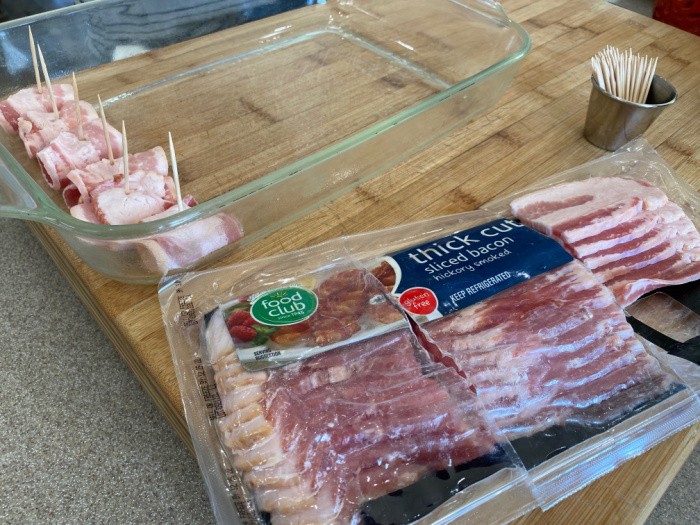
Step Three: Wrap the Chestnuts and Secure Them with Toothpicks
Wrap a piece of raw bacon around one water chestnut and secure it with a toothpick. Place the bacon-wrapped chestnuts in the greased pan. Cover each water chestnut with a piece of bacon until all the chestnuts are wrapped.
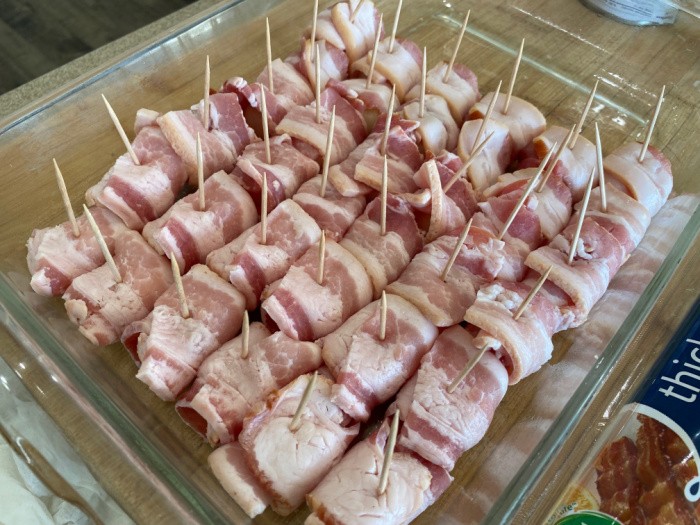
Step Four: Bake The Chestnuts As Directed
Bake uncovered for 20 minutes at (375°F) = (190°C).
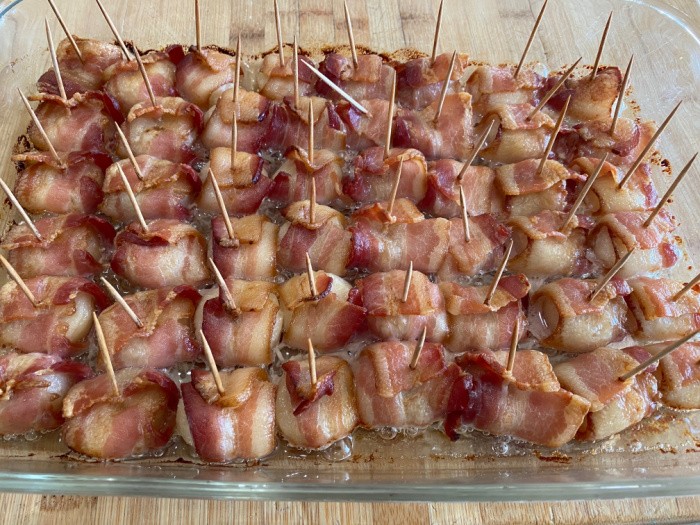
Step Five: Remove The Grease Carefully
Then, drain the fat from the pan. This is the hardest part of the whole recipe. Be careful!

Step Six: Combine the Sauce Ingredients
It is time to make a delicious and savory sauce! Place the ketchup, brown sugar, soy sauce, and dry mustard in a small bowl and whisk until smooth.
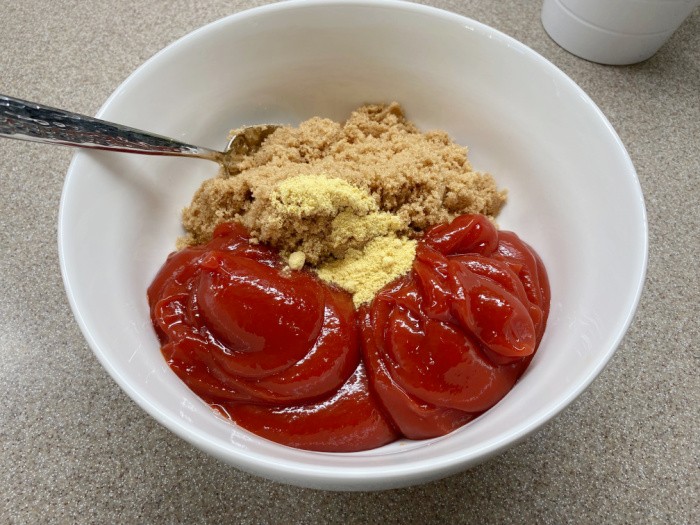
Step Seven: Pour The Sauce Over the Baked Chestnuts
Next, cover the baked bacon-wrapped chestnuts with this sauce mixture.
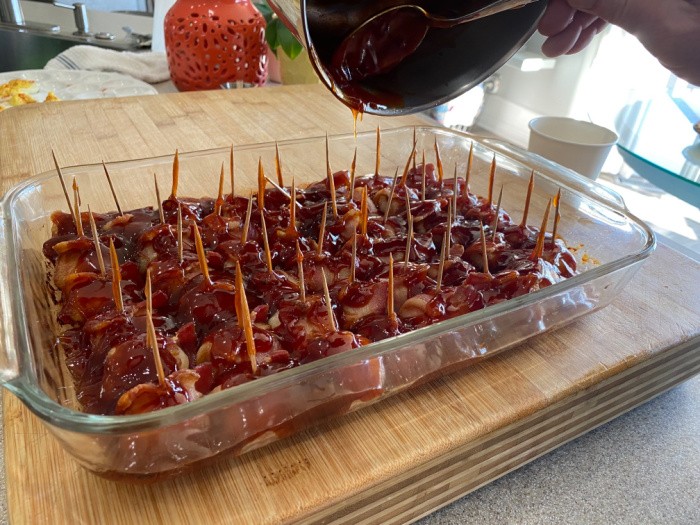
Step Eight: Bake the Chestnuts for Another 20 minutes
Finally, bake for an additional 20-30 minutes. Allow the pan to cool on a cooling rack for a short time. Enjoy!

Bacon-Wrapped Water Chestnuts Recipe

Bacon-Wrapped Water Chestnuts
Ingredients
- 3 cans of whole-water chestnuts-drained
- 1-1/2 pounds thin raw bacon
- 1 cup ketchup
- 1 cup brown sugar
- 2-3 tablespoons soy sauce
- ½ teaspoon dry mustard this is optional-I like a little kick to mine
Instructions
Bacon-Wrapped Water Chestnuts Appetizer
-
Gather all of your ingredients. Preheat your oven to (375°F) = (190°C) Grease a 9″ by 13″ inch pan.
-
Cut the package(s) of uncooked raw bacon into thirds. This creates the perfect sized strips of bacon to wrap the water chestnuts.
-
Wrap a piece of raw bacon around one water chestnut and secure it with a toothpick. Place the bacon-wrapped chestnuts in the greased pan. Continue to wrap each water chestnut with a piece of bacon until all the chestnuts are wrapped. Place the pan of bacon-wrapped chestnuts on a middle rack in the oven.
-
Bake uncovered for 20 minutes.
-
Drain the fat from the pan. This is the hardest part of the whole recipe. Be careful!
Bacon-Wrapped Water Chestnuts Sauce
-
It's time to make the delicious savory sauce! Place the ketchup, brown sugar, soy sauce, and dry mustard in a medium-sized bowl and whisk until smooth.
-
Cover the baked chestnuts with this sauce mixture.
-
Bake for an additional 20-30 minutes. Enjoy!
What Can I Serve With Bacon-Wrapped Water Chestnuts?
Bacon-Wrapped Water Chestnuts are a classic party appetizer, crispy, smoky, slightly sweet, and irresistibly crunchy. Because they’re rich and savory, the best side dishes and pairings either balance that richness or complement the bold flavors. Whether you’re serving them for a holiday gathering, game day, or cocktail party, here are the best foods to serve alongside Bacon-Wrapped Water Chestnuts.
Fresh & Light Pairings (Balance the Richness)
Light, refreshing sides help offset the salty bacon and keep the menu from feeling too heavy.
- Crisp green salad with vinaigrette
- Fruit platter (pineapple, melon, grapes, or strawberries)
- Coleslaw with a tangy dressing
- Vegetable tray with ranch or hummus
- Cucumber or tomato salad
These options cleanse the palate and pair beautifully with bacon’s smoky flavor.
Other Appetizers That Pair Well
If you’re building an appetizer spread, these finger foods complement Bacon-Wrapped Water Chestnuts without overpowering them.
- Deviled eggs
- Stuffed mushrooms
- Cheese ball with crackers
- Cocktail sausages or little smokies
- Shrimp cocktail
- Spinach or artichoke dip
Together, they create a well-rounded party table with a mix of textures and flavors.
Dips & Sauces for Serving
While Bacon-Wrapped Water Chestnuts are flavorful on their own, offering dips gives guests variety.
- Sweet-and-sour sauce
- Honey mustard
- Teriyaki or soy-based glaze
- Barbecue sauce
- Chili sauce
Serve dips on the side to let guests customize each bite.
Main Dishes That Work Well
If these appetizers are part of a larger meal, pair them with simple mains that won’t compete with their bold flavor.
- Baked or grilled chicken
- Slow cooker pulled pork
- Ham or roast beef
- Sliders or mini sandwiches
- Fried or baked fish
Keeping the principal dish simple allows the appetizer to shine.
Can these bacon-wrapped water chestnuts be made ahead of time?
These bacon-wrapped water chestnuts are a great appetizer to make ahead of time! I recommend wrapping the water chestnuts in bacon, sealing them with a toothpick, and placing them in the greased pan.
Do not cook or add the sauce at this point! I would then store the pan in the fridge for 2-3 days before cooking. When ready, make the sauce and cook as instructed in the recipe.
Can I use Worcestershire sauce or sriracha in this bacon-wrapped water chestnut appetizer?
I love the flavor of the soy sauce combined with the other ingredients in this appetizer’s sauce. You can swap out the soy sauce for Worcestershire sauce if you’d like. It’ll give it a slightly different flavor.
Worcestershire sauce is typically made with anchovies, onion powder, garlic powder, and molasses. It tends to be low-sodium, whereas soy sauce has less sugar.
It might be fun to try making the sauce both ways and see what you and your family prefer. Adding a bit of sriracha may also be fun, but remember, a little goes a long way!
Can these bacon-wrapped water chestnuts be cooked in an air fryer?
I’m not sure I can recommend cooking these in an air fryer because of the excess bacon grease. I’m all about easy clean-up; baking these in the oven is much easier. Plus, you need to remove the excess grease, drizzle the sauce over them, and bake them for a few more minutes.
Can I use something other than water chestnuts in this recipe?
I highly recommend using water chestnuts in this appetizer recipe! There is something delicious about the bacon’s taste, the water chestnuts’ crisp crunch, and the amazing sauce!
If you decide to swap it out, chunks of pineapple or little smokies may be good alternatives.
I love this appetizer recipe. Check out some of my other favorites!
- 5 Ingredient Pineapple Cream Cheese Dip
- Cranberry Jalapeño Cream Cheese Spread
- Stuffed Baked Sausage Mushroom Recipe
- Spinach Artichoke Dip
Final Word
Please let me know if you make these savory bacon-wrapped water chestnuts! The taste of the bacon and water chestnuts combined with the sauce is a mouthful of flavors that will make everyone want to go back for another serving and then another!
Bacon-Wrapped Water Chestnuts are a versatile appetizer that pairs beautifully with fresh sides, classic party foods, and simple main dishes. By balancing rich flavors with light, crisp accompaniments, you’ll create a crowd-pleasing menu perfect for holidays, potlucks, and entertaining year-round. May God bless this World, Linda.
The post Bacon-Wrapped Water Chestnuts appeared first on Food Storage Moms.
from Food Storage Moms
